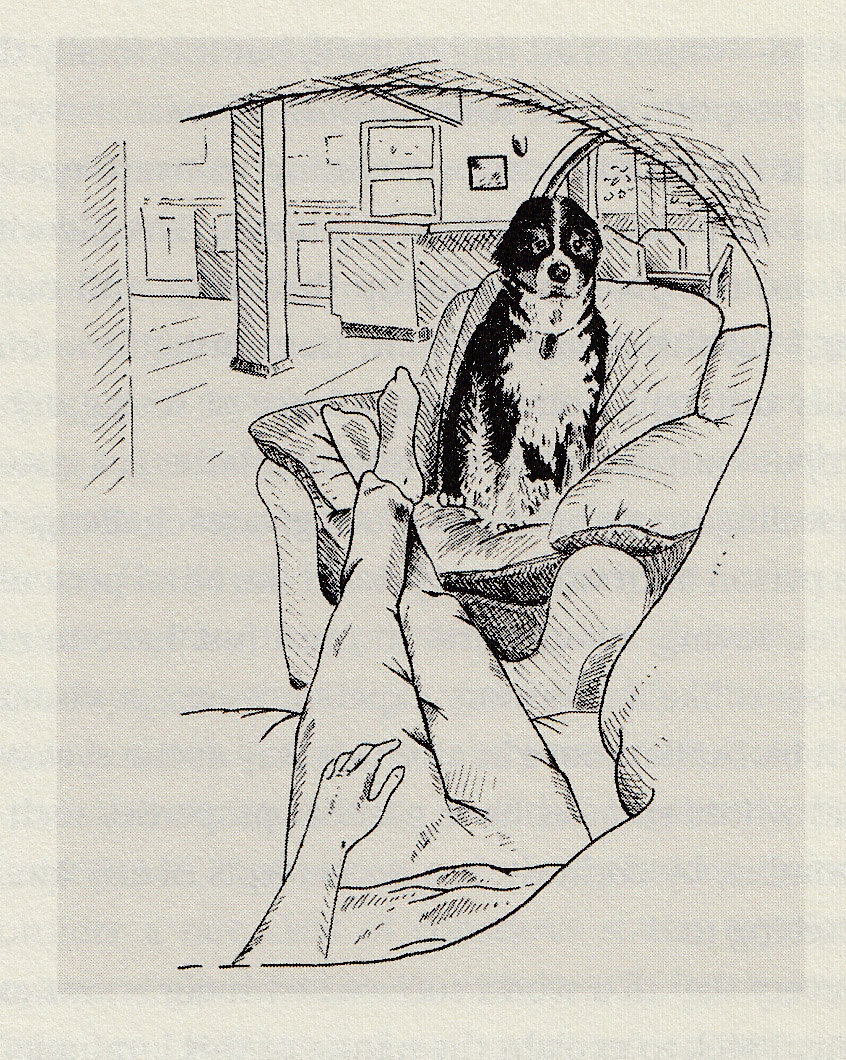
Christof Koch has been the leading consciousness researcher for more than two decades. His first book, The Quest for Consciousness was a tour de force of detailed descriptions of research into all aspects of consciousness. His second book, Confessions: Confessions of a Romantic Reductionist was very broad with a bit of his own story.
It is interesting to see Koch’s progression on the definition of consciousness. In 2006, he claimed it was premature to define it. In 2012 he offered 4 definitions: 1) Glasgow scale, 2) functioning corticothalamic core, 3) common sense, and 4) philosophy, as well as: “it’s like jazz, if you gotta ask...”
In 2019, it is simply: p.1 "Consciousness is experience".
Chapters 1-6 is a good description of our current understanding of consciousness. All of the wonders such as Propapagnosia, the in ability to recognize faces, when all other aspects of perception are intact. [ side note see Christakis's Blueprint on the importance of facial differentiation and recognition for our social species. ]
Koch is a great writer, sending me to the dictionary for words like coloratura, as in p.43 “each subjective state with its own distinct coloratura”. However, trying to introduce abduce as sibling of deduce and inductive reasoning has a linguist problem that will always abduct the intended meaning. Another example is "the smell of wet dog" is a great olfactory image that makes me appreciate his writing.
Here are some quotes from the book from the first six chapters:
p.16 “Perception is a construction of rose features that are useful in our struggle to survive a world of eat-or-be-eaten.” (jch: Not a passive input process. See predictive coding)
p.19 Phenomenal Consciousness v. Access Consciousness.
p.34 "Life is filled with an astonishing quantity of such linguistic imagery—an inner voice that speculates, plans, admonishes, and comments on events. Only intense physical activity, acute danger, meditation, or deep sleep quiets this constant companion (one reason why rock climbing, biking through dense traffic, reconnoitering enemy terrain, and other physical and cognitively demanding exertions where failure comes with immediate and significant consequences can induce a profound sense of peace—a heard silence inside the mind)."
The conscious chatter is the rider, as The Elephant And The Rider Metaphor.
p.36 "There are many forms of attention such as salience-based, automatic attention, spatial and temporal attention, and feature- and object-based attention."
p.54 "[sleep] is a specific brain state regulated by a welter of circuits." [ brainstem ]
p.54 "The brainstem houses at least forty distinct groups of neurons in cellular assemblies named the reticular formation or ascending reticular activating system. Each population uses its own neurotransmitter, such as glutamate, acetylcholine, serotonin, noradrenaline, GABA, histamine, adenosine, and orexin, which modulates, either directly or indirectly, the excitability of cortex and other forebrain structures. Collectively, they access and control signals relating to the internal milieu: breathing, thermal regulation, REM and non-REM sleep, sleep—wake transitions, eye muscles, and the musculo-skeletal frame. Brainstem neurons enable consciousness by suffusing cortex with a cocktail of neuromodulatory substances, setting the stage on which mental life plays out. But do not confuse them with the actors that perform the play. The brainstem doesn't provide the content of any one experience. Patients with spared brainstem function but widespread cortical dysfunction typically remain in a behaviorally unresponsive state, without signs of consciousness of self or their environment."
p.85 "Any conscious experience is unified, holistic. The associated integration postulate requires that the cause-effect structure specified by the system be unified or irreducible. Integrated information (phi) quantifies to what extent the form that is generated by the whole is different from that generated by its parts. That is the meaning of irreducible—the system can't be reduced to independent, noninteracting components without losing something essential."
This book is a full throated endorsement of Integrated Information Theory (IIT). Unfortunately, the chapter describing the details is poorly written! It is trying to describe a very simple circuit, but it seems like there was no review by any one with basic computer science skills. As someone who is in the field, I made a LOT of assumptions, and I was able to decipher it, but a very smart friend of mine was flustered by it. Also, if we can compute Phi, what is the value for the simple circuit? Or is it just an abstract notion that could be theoretically computed? Anyway, If you are interested in IIT, I suggest Wikipedia:IIT
IIT does have a bit in common with panpsychism. In 2012, Koch had an open mind about the Noah Sphere (Noosphere) as the combined consciousnesses of our biosphere and geosphere. I love that image.
Koch spends a lot of time trying to convince us that consciousness cannot be computed. A bit odd if it is just information. Only the gods will know if a machine ever becomes fully conscious. And, I'm not sure they really care or even if they exist. And what about rights? What sort of rights? Property? Political? Legal?
p.136 "A brain is made of upwards of a thousand or more types of cells."
It is funny, fascinating and a little sad to see advocates of different theories of consciousness trash talk other theories. For me, the IIT, Global (Neuronal)Workspace Theory (GWT), and the Attention Schema theories do not compete, but complement each other. GWT is talking about the physical substrate. Each conscious moment is made of of a dominant coalition - a micro-connectome. IIT is talking about the information - the state of the circuits. How do you represent to totality of all possible latent circuits?
https://www.sciencemag.org/news/2019/10/outlandish-competition-seeks-brain-s-source-consciousness
jch.com/jch/notes/KochFeelingOfLife.html 2019-12-31 YON Book Notes